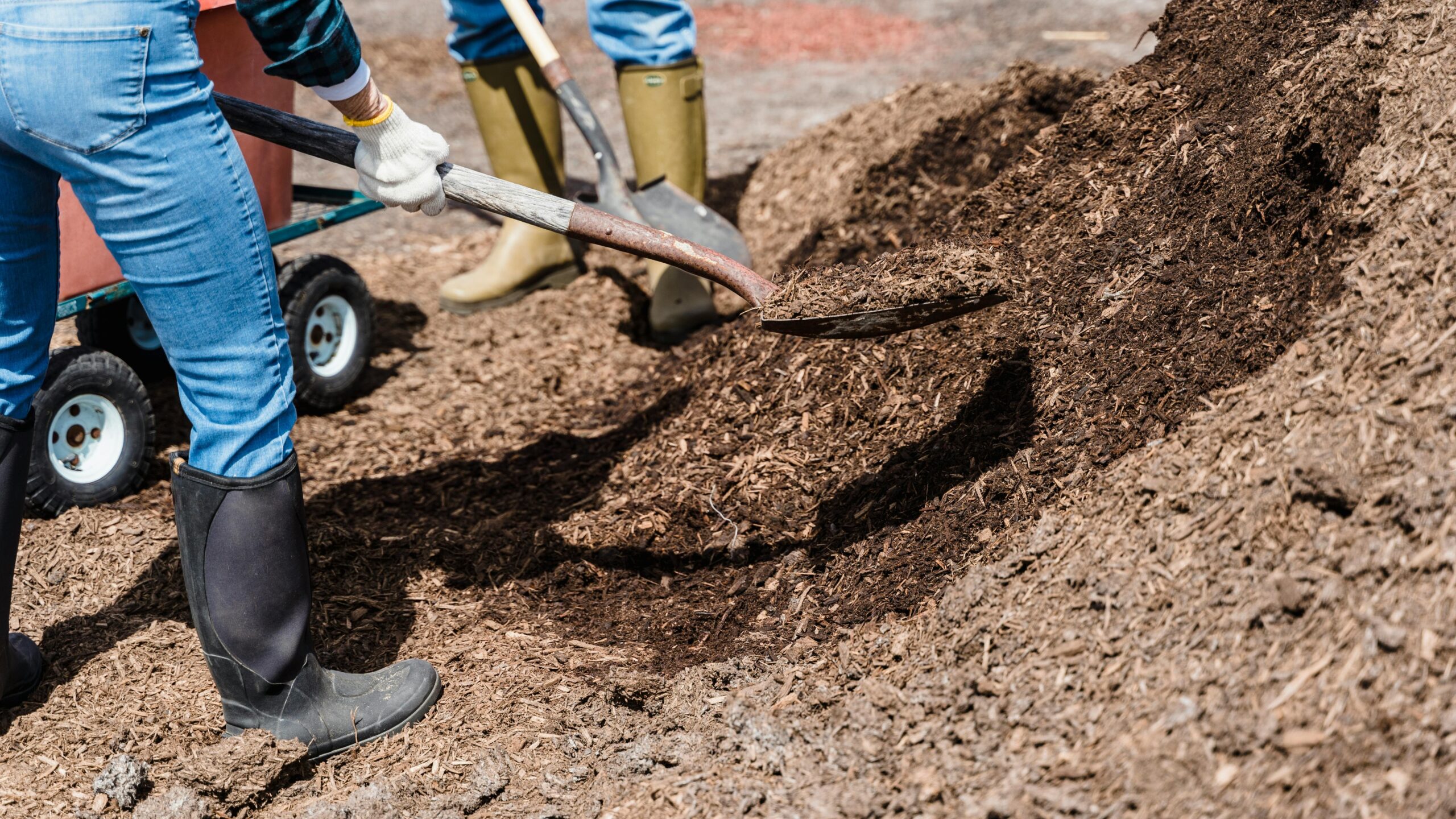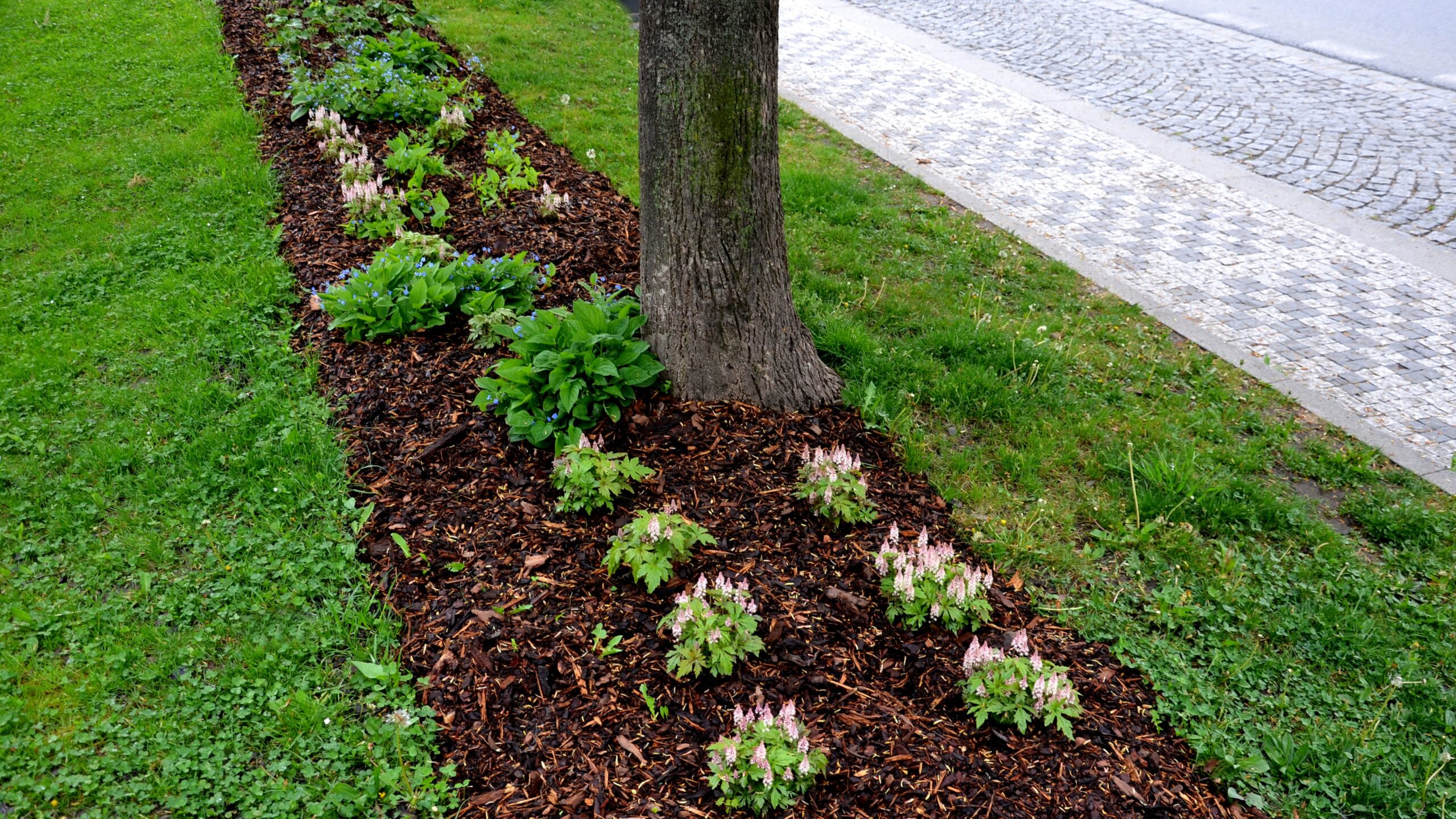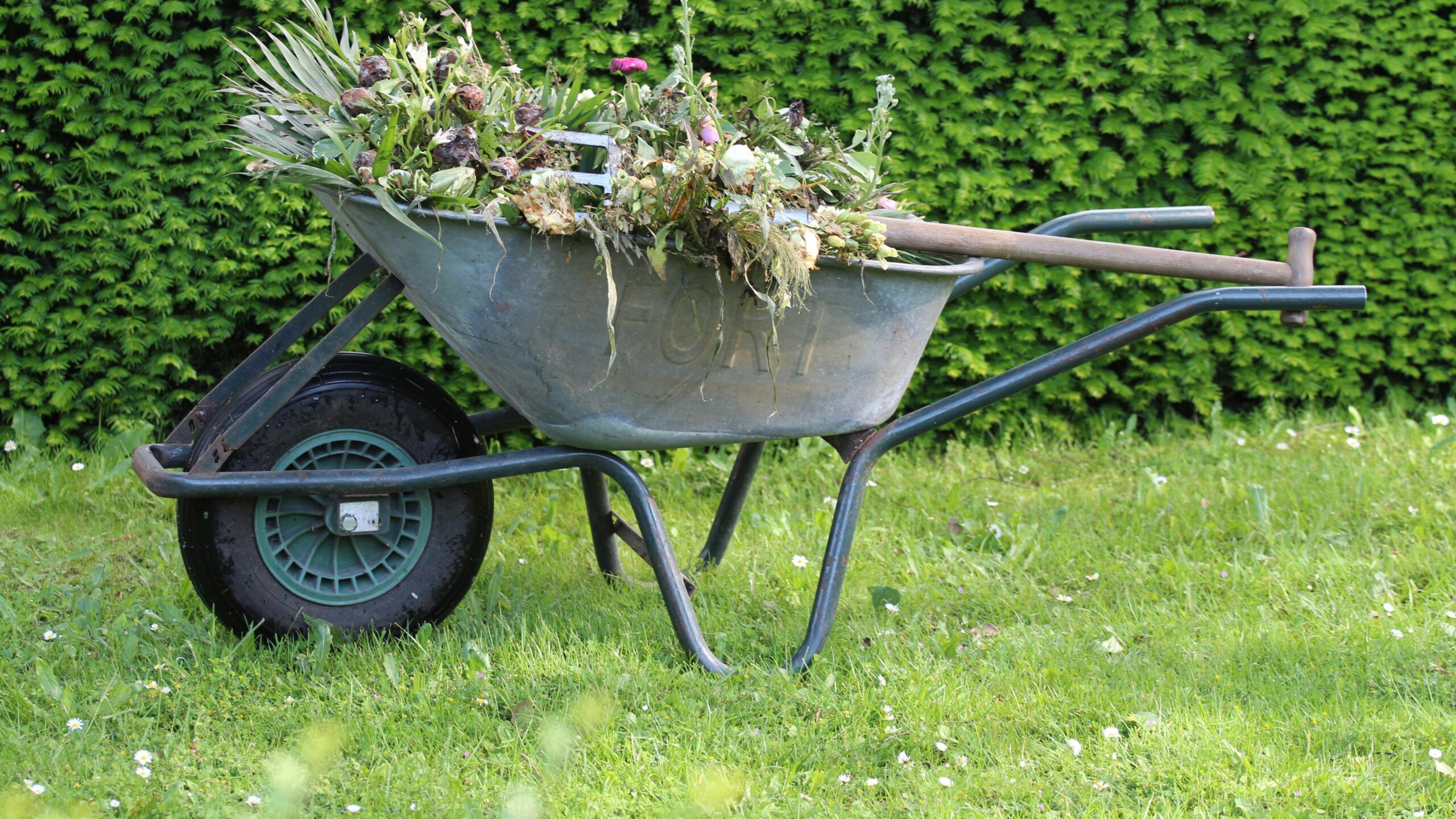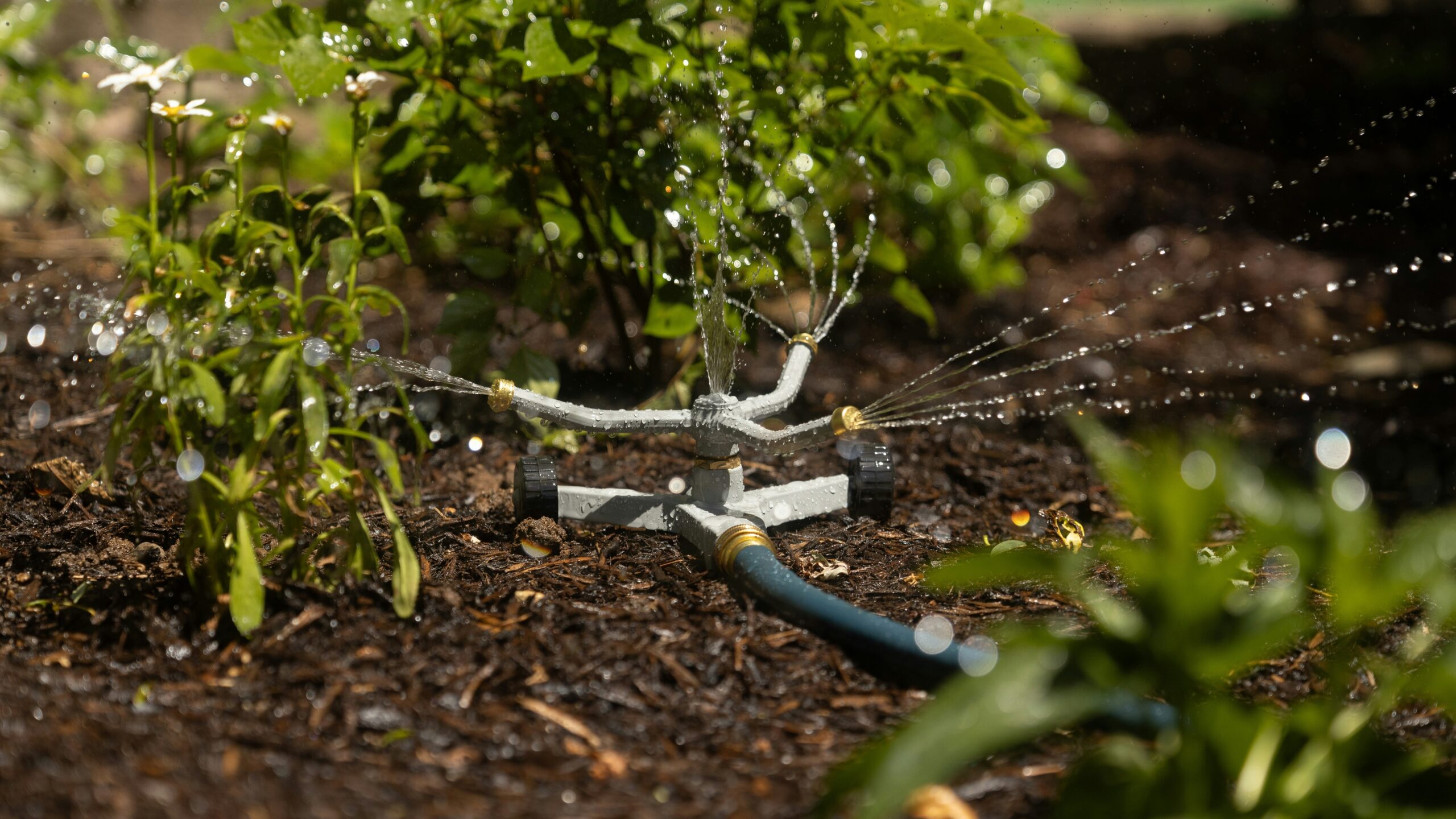Mulching is an easy and effective way to keep your landscape healthy and thriving. Made from organic materials like bark, straw, or wood chips, mulch creates a protective layer over soil, helping improve moisture, regulate temperature, and suppress weeds. However, when applied incorrectly, mulch can cause issues like root rot, pest infestations, and nutrient imbalances. In this blog, we’ll cover common mulching mistakes and how to avoid them to keep your landscape in top shape.

When it comes to mulching, more isn’t always better! Excess mulch can suffocate plant roots and increase the risk of disease. Mulch piled against stems or trunks can trap moisture, leading to rot and attracting pests. For best results, apply a 2–3 inch layer—using a thinner layer for gardens and a thicker one for trees. Keeping mulch a few inches away from stems and trunks promotes air circulation and prevents moisture buildup.

Not all mulch is the same! Choosing the right mulch is essential for plant health, as each mulch serves different purposes. Fresh wood and bark chips work well around trees, shrubs, and flower gardens. As fresh wood chips decompose, they absorb nitrogen from the soil, which can be harmful for nitrogen-sensitive plants. Flower beds and vegetable gardens can benefit from lighter mulches like straw, which improve soil structure as they decompose. Compost is another excellent choice for vegetable beds, enriching the soil but offering less weed control. In landscaping, inorganic options like gravel or stone can help with water drainage and minimize weed growth, making them ideal for rock gardens or pathways. By selecting the right mulch, you can ensure long term plant health and soil balance.

Mulching too early in the season does more harm than good! When applied too soon, mulch traps cold air in the soil, making it harder for seeds to germinate and grow into plants. To avoid this, wait until mid-to-late spring to begin mulching. Before mulching, remove weeds and rake out any compacted or decomposed mulch to ensure better soil aeration and moisture absorption. This allows a fresh foundation for your plants to establish strong roots in warmer soil.

As mulch decomposes, it loses its ability to retain moisture, regulate soil temperature, and suppress weeds. That’s why it’s important to refresh mulch each year. Regular upkeep not only keeps your mulch effective but protects your plants for the long haul.

One common mulching mistake is skipping weeding beforehand. While mulch may slow weed growth, it won’t stop established weeds from breaking through. For better weed control, remove weeds first and lay down a barrier like cardboard or newspaper to block sunlight and prevent regrowth. This extra step makes long-term weed control much easier.
Mulching is an essential practice for a healthy landscape—but only when done correctly. From choosing the right type to proper application, each step impacts plant health and soil quality. By avoiding these common mulching mistakes, your landscape can thrive year after year. If you’re unsure about the best approach, our experts at Atlantic Landscapes are here to help. We offer professional mulching services, landscape design, and premier lawn care. Contact us to learn how we can enhance your outdoor space!
